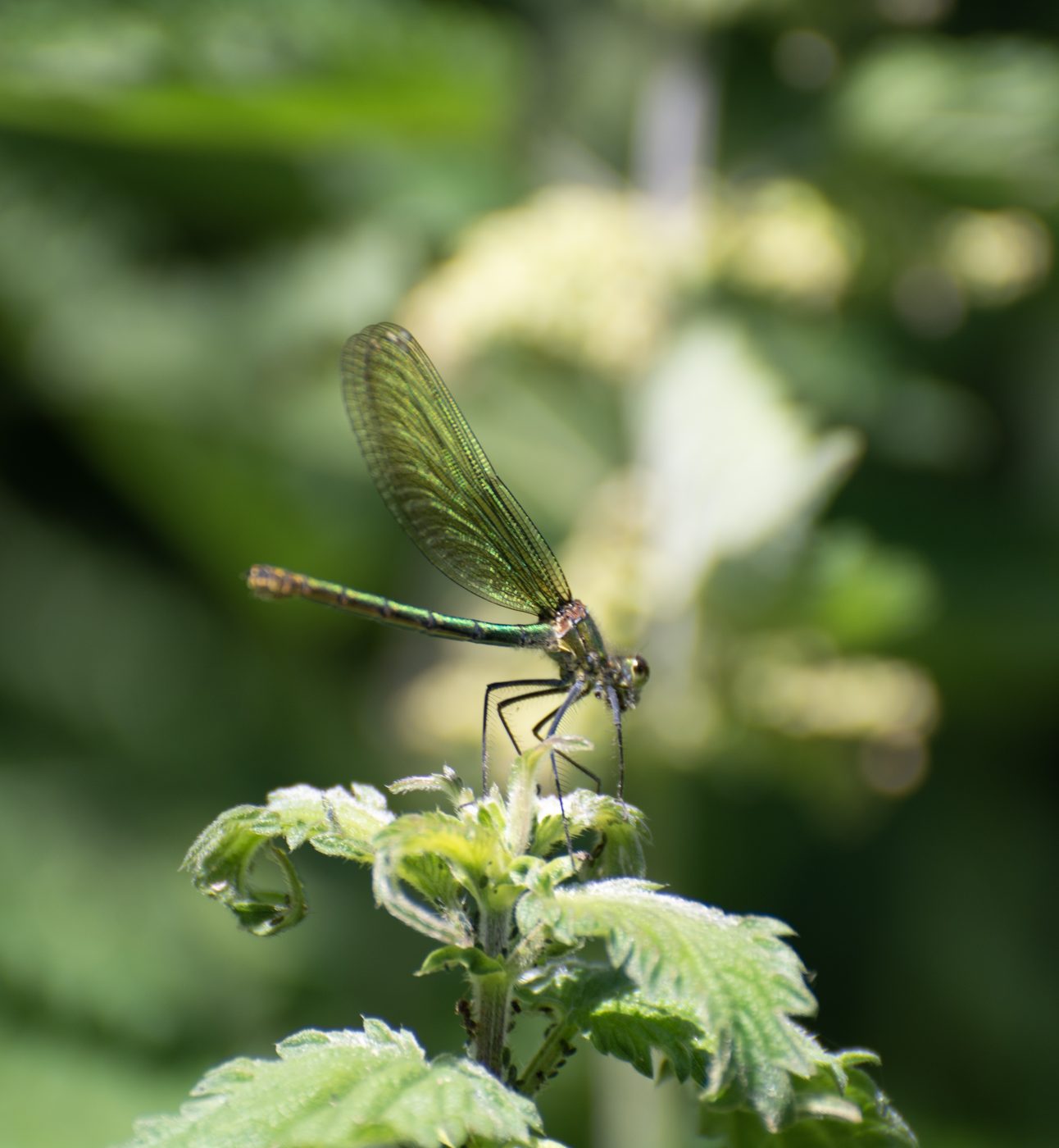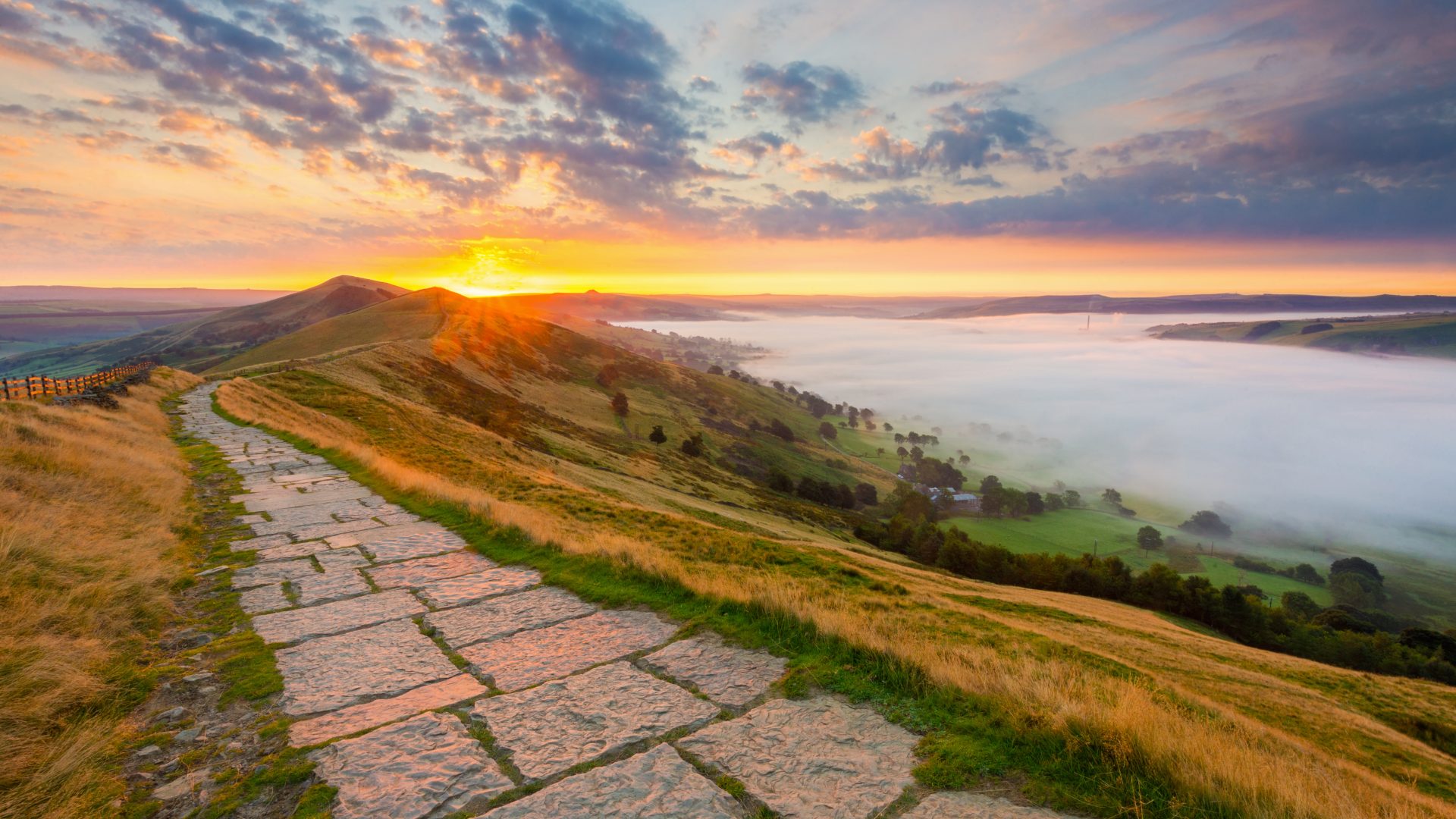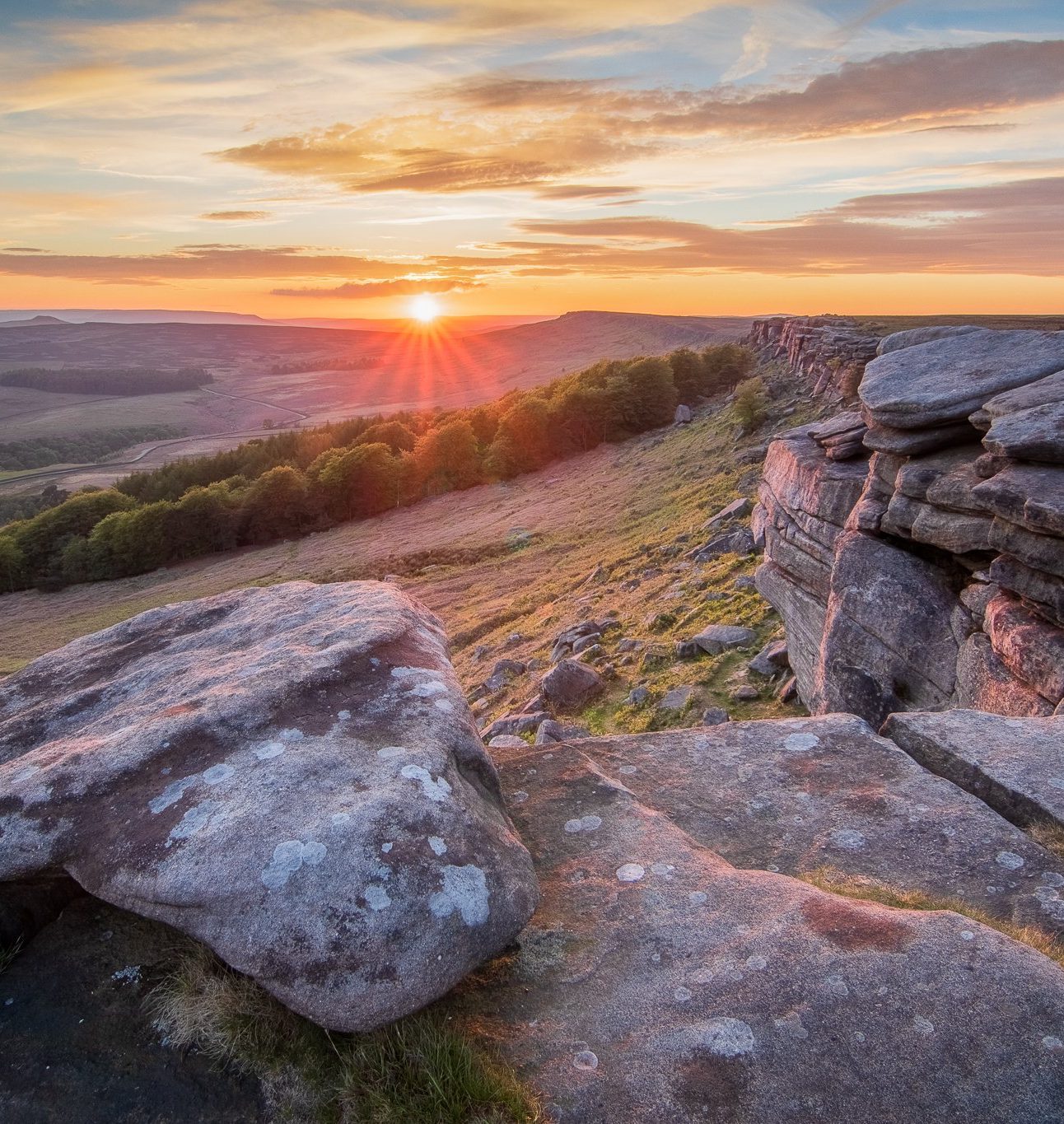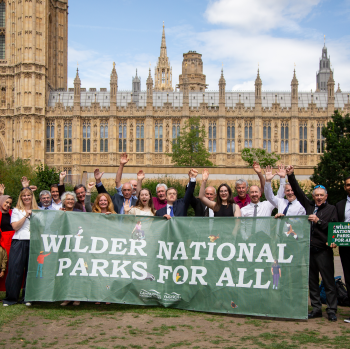
Government response to the Landscapes Review: not worth the wait
More than four years on, we’re still no nearer to those transformational changes Protected Landscapes desperately need.

The Peak District is our oldest National Park
The Peak District was the first National Park to be designated in England and Wales in 1951 and remains one of the most popular, receiving up to 14 million annual visitors thanks to its proximity to many nearby towns and cities. Over a third of the Park is protected for wildlife and its three peaks, the Dark Peak, White Peak and South West Peak provide important habitat for many upland species such as White Mountain hares and the Golden Plover. With nearly 90% of the Park being farmland, it is a true living landscape shaped over decades by livestock and agricultural practice.
Designated: 1951
Habitats: Farmland, peatland, hay meadows, moorland, woodland
Common wildlife: Red grouse, owls including the barn owl, tawny owl, and the little owl
Star spots: Red deer, white mountain hares, golden Plover
Notable towns and cultural sights: Greens mill, Chatsworth, Bakewell
Notable nature sights: Stanage Edge, Hope Valley
Popular activities for visitors: Hiking, water sports, rock climbing
Highest peak: Kinder Scout at 636 meters above sea level
Annual visitor numbers: 14 million in 2019, 13 million in 2018
Threats: Climate change, wild fires, increasing pressures from farming

More than four years on, we’re still no nearer to those transformational changes Protected Landscapes desperately need.

Along with National Park Societies we've signed a joint letter calling for political parties to set out firm commitments on National Parks ahead of the next election.

We’re celebrating at Campaign for National Parks today, as the Government has finally listened to our repeated calls to strengthen the legislative framework for England’s National Parks and Landscapes.